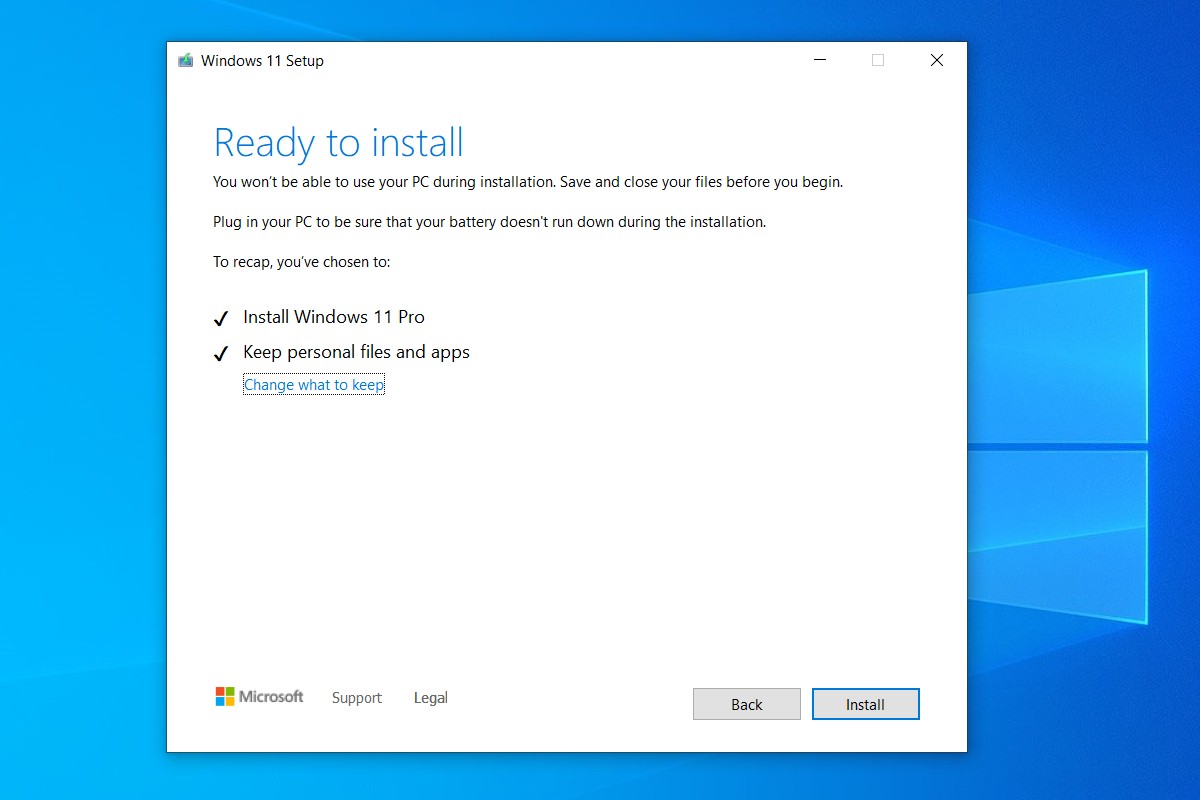
Select the hard drive (Drive 0 Unallocated Space) to install Windows 11. Also, it is not required to delete the partitions from a secondary hard drive. Warning: When you delete a partition, it also deletes all data on the drive. The only caveat is that since most computers have different settings, you will have to check your manufacturer support website for more specific details. You also have to ensure that the computer can start from USB, which means you will have to change the BIOS or UEFI settings. If you plan to create a virtual machine, you can simply mount the Tiny11 ISO file to the VM. If you want to install Windows 11 (at your own risk) using the Tiny11 image, you will first need to download the ISO file ( no sysreq) from the website that requires free registration and then you would need to use Rufus to create a USB bootable flash drive.

In other words, Tiny11 makes it an ideal solution for those who want to run the operating system on less powerful unsupported hardware, and you only need 2GB of RAM and 8GB of storage.Īccording to the creator ( NTDEV on Twitter), you can use the Tiny11 image to perform a clean installation or you can upgrade to Windows 11 from Windows 10. The only difference is that it removes some of the annoyances, including the requirement for TPM 2.0 and Secure Boot, memory, storage, Microsoft account, and needless steps. It also maintains many of the security features, such as Microsoft Defender Antivirus and Firewall, Core isolation, Data encryption, and more. In addition, the Windows 11 Tiny11 installation also removes Microsoft Edge, which means that you will have to bring your preferred web browser after finishing the setup.Īs this guide will show, the clean installation experience is not much different from the official setup.

The custom image is based on Windows 11 22H2 and while it strips out many of the default elements, everything works as expected, including Windows Update, activation, and the included apps. Tiny11 is an unofficial custom ISO image of Windows 11 that removes all the clutter that is usually not necessary, such as default apps, services, and features to be able to install the operating system on low-end unsupported hardware.


 0 kommentar(er)
0 kommentar(er)
